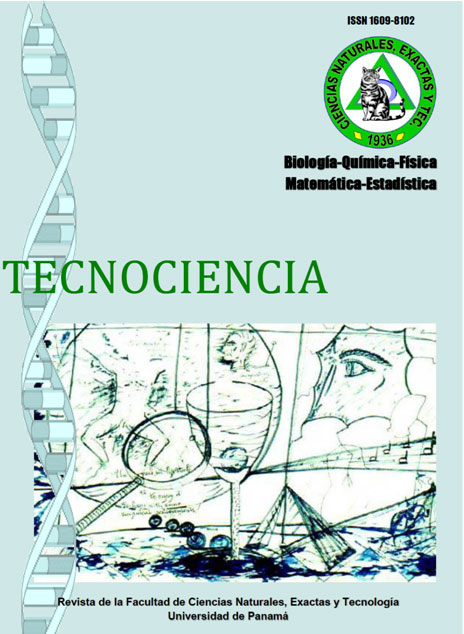

Para el estudio de la epidemiología molecular de Pseudomonas aeruginosa se obtuvieron 53 aislados de diferentes áreas anatómicas de pacientes del Complejo Metropolitano Harmodio Arias Madrid de la Caja del Seguro Social. Los aislados de P. aeruginosa fueron obtenidos durante un período de 1 año y fueron identificados fenotípicamente mediante el perfil bioquímico obtenido con la prueba de API 20NE (Bio Mérieux, Bruselas, Bélgica) y la sensibilidad de las cepas a antibióticos mediante un antibiograma que verificó la sensibilidad a estos. El diagnóstico molecular se realizó utilizando los genes de los receptores de pioverdina FpvA, los cuales fueron amplificados mediante la técnica de Multiplex-PCR. Los resultados en este estudio demostraron la baja sensibilidad de las pruebas fenotípicas ya que 39 aislados de un total de 53 pudieron ser identificados como P. aeruginosa por medio del sistema API 20E representando un 74% de las cepas analizadas. Igualmente mediante los antibiogramas se encontraron diferencias en la susceptibilidad a los agentes antimicrobianos y que reflejan cambios importantes en el perfil de susceptibilidad antimicrobiana a quinolonas. Todos los aislados fueron identificados con algunos de los genes de los receptores de pioverdina. La disponibilidad las secuencias de los receptores de pioverdina fpvA de P. aeruginosa han permitido estandarizar una técnica rápida para el siderotipaje de las cepas y sobre todo para cepas que no producen pioverdina y que por ende no pueden detectarse a través de métodos de cultivo convencionales. Esta técnica en este estudio ha demostrado su mayor especificidad y rapidez, en comparación con la prueba de API 20NE y el antibiograma.